
Growing plants in flower pots can be incredibly rewarding, but it requires attention to detail. Knowing how to provide the right conditions is essential for healthy growth. With the right care, your potted plants can thrive and bloom beautifully.
Learn how to boost your potted plants' growth with the right soil, water, light, and pest management strategies.
Ready to take your potted plants to the next level? Keep reading to find out how!
What are the best types of soil for potted plants?
Choosing the right soil is the foundation of a healthy plant. Without it, even the most attentive care won't produce great results. Selecting the right soil can significantly impact your plant's overall growth and health.
The right soil provides nutrients, drainage, and support for roots, allowing plants to thrive.
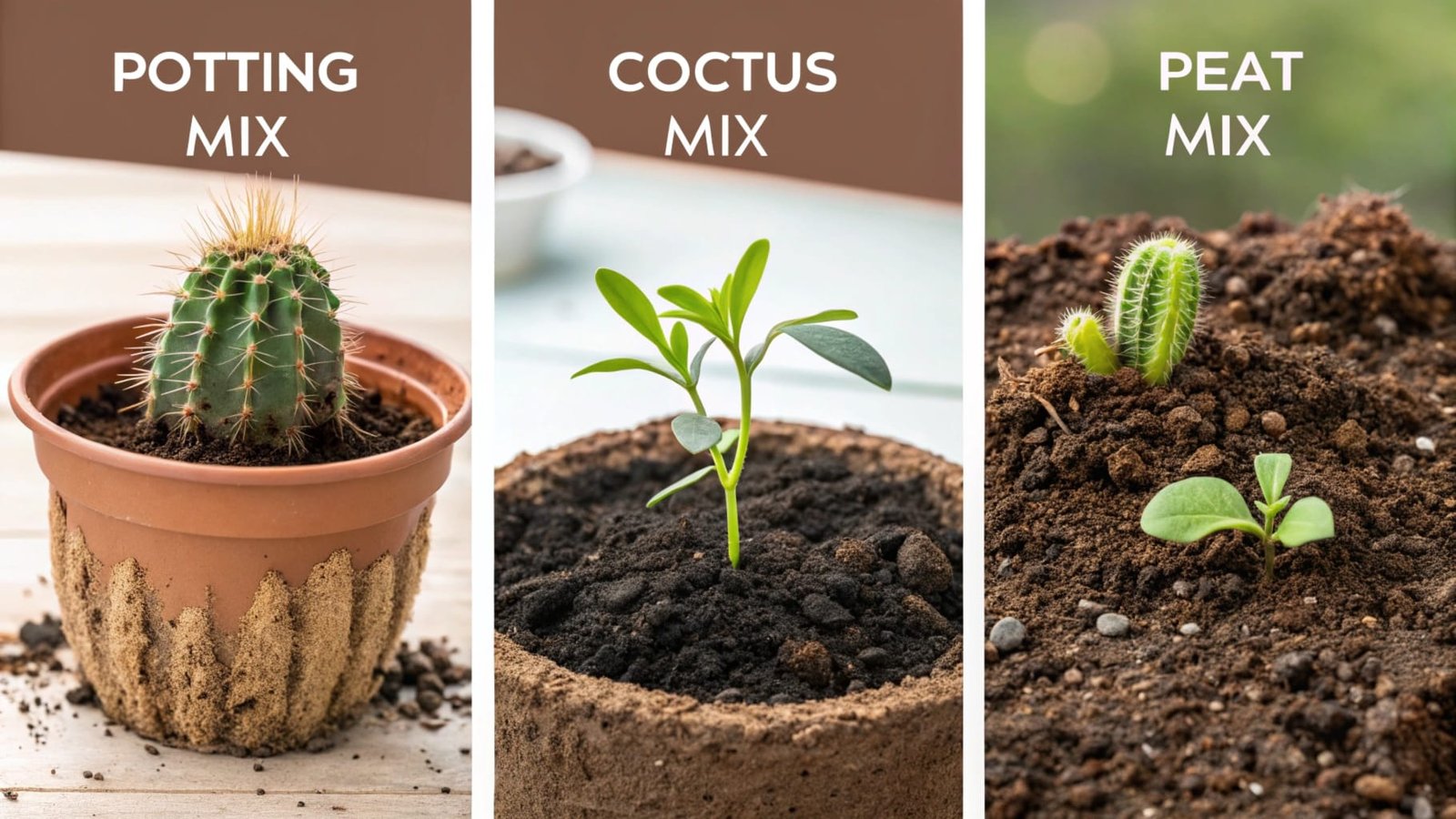
The Importance of Soil Composition
The soil you use in flower pots is crucial because it affects the root system, water retention, and overall plant health. Regular garden soil is too dense and can lead to poor drainage, suffocating the roots. Instead, a good potting mix provides a balance of air and moisture, promoting optimal root growth.
Here’s a quick breakdown of what makes the best soil for potted plants:
| Soil Component | Purpose |
|---|---|
| Peat moss | Retains moisture and nutrients |
| Perlite | Improves drainage and aeration |
| Coconut coir | Lightweight and sustainable alternative to peat |
| Compost | Adds organic matter and nutrients |
| Vermiculite | Increases water retention and aeration |
You should also consider whether your plant prefers acidic, neutral, or alkaline soil, as different plants have different pH needs. While most plants thrive in neutral soil (pH 6-7), some, like blueberries, prefer acidic soil, and others, like certain succulents, prefer alkaline conditions. If you're unsure of your plant's pH preference, it's always a good idea to check the label or consult a gardening guide.
Specialized Mixes for Specific Plants
Certain plants thrive better with specific soil mixes. For example:
- Cacti and Succulents: These plants need a well-draining mix, usually with more sand or perlite. They are sensitive to moisture, so excess water in the soil can quickly cause root rot.
- Orchids: Orchids need a well-draining mix that allows air to circulate around their roots. Typically, orchid soil is composed of bark, perlite, and a little charcoal.
- Flowering Plants: Annual flowers like petunias and pansies need a rich, fertile mix with compost or organic matter. For these plants, a general-purpose mix with perlite and peat moss often works best.
The best soil for your potted plants depends on their needs. Research your plants' specific soil preferences to get it right and promote robust growth.
How often should I water my plants in flower pots?
Watering is one of the most common issues when caring for potted plants. Too much or too little can both harm your plants, so it's important to find a balance. Proper watering is vital for the plant's root development and overall health.
Watering too often can suffocate the roots, while insufficient water stresses plants and stunts their growth.
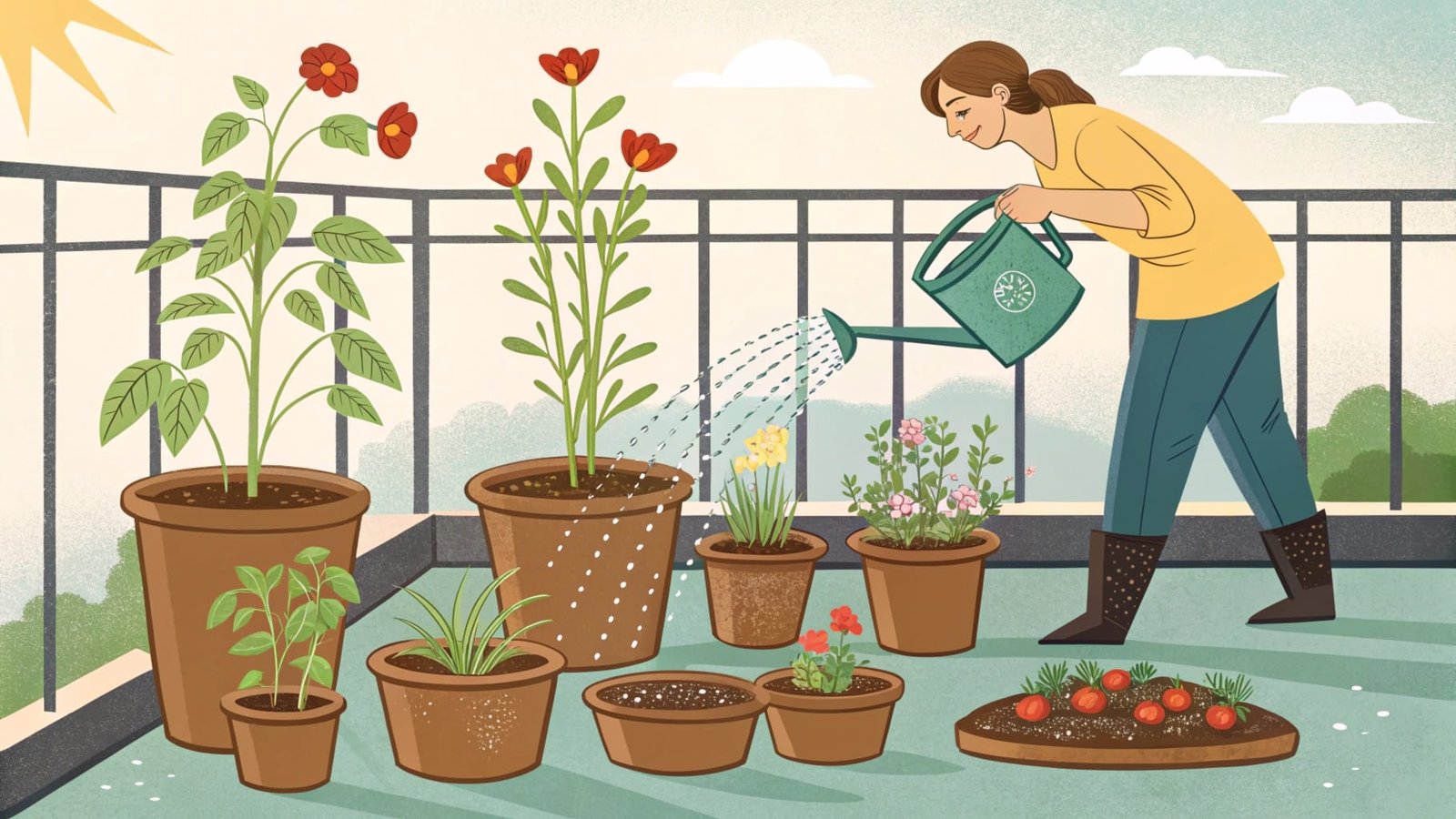
How to Determine When to Water
The best way to check if your plant needs water is by sticking your finger about an inch into the soil. If it feels dry, it’s time to water. If it’s still moist, wait a bit longer. Plants in small pots tend to dry out faster than those in larger pots, so adjust your watering schedule accordingly.
Additionally, observe your plant’s appearance. If the leaves are drooping, this might indicate that the plant needs water. However, wilting can also be a sign of overwatering, so it's important to check the soil’s moisture level before you water.
Factors Affecting Watering Frequency
Several factors influence how often you need to water your potted plants:
- Size of the Pot: Larger pots retain more moisture and don't need to be watered as frequently. Smaller pots dry out quickly and may require more frequent watering.
- Plant Type: Succulents and cacti need less water, while tropical plants need more frequent watering to maintain proper humidity levels. Always adjust based on the plant’s needs.
- Season: Plants generally require more water during the growing season (spring and summer) and less in the dormant period (fall and winter).
- Temperature and Humidity: Hot and dry environments lead to faster evaporation, requiring more frequent watering. If you're growing plants in a heated indoor environment, you may need to water more often due to low humidity.
Tips for Effective Watering
- Use a well-draining pot: Always choose a pot with drainage holes to avoid waterlogging. If the pot doesn’t have drainage, water will pool at the bottom, causing root rot.
- Water thoroughly: Water the entire surface of the soil, allowing the water to reach the root zone. Let the water drain out of the bottom of the pot to ensure the roots have access to sufficient moisture.
- Avoid watering the leaves: Water the soil directly, as water on the leaves can encourage fungal diseases or spots, especially in humid environments.
By maintaining a consistent watering routine and adjusting for environmental conditions, you can keep your potted plants healthy and vibrant.
What is the role of sunlight in promoting growth for potted plants?
Light is another essential factor in plant growth, and the right amount of sunlight can make all the difference in how well your plants thrive. Without enough light, your plants may become leggy and weak, while too much light can cause them to wilt or burn.
Without adequate light, plants cannot produce enough energy through photosynthesis, which is essential for healthy growth.
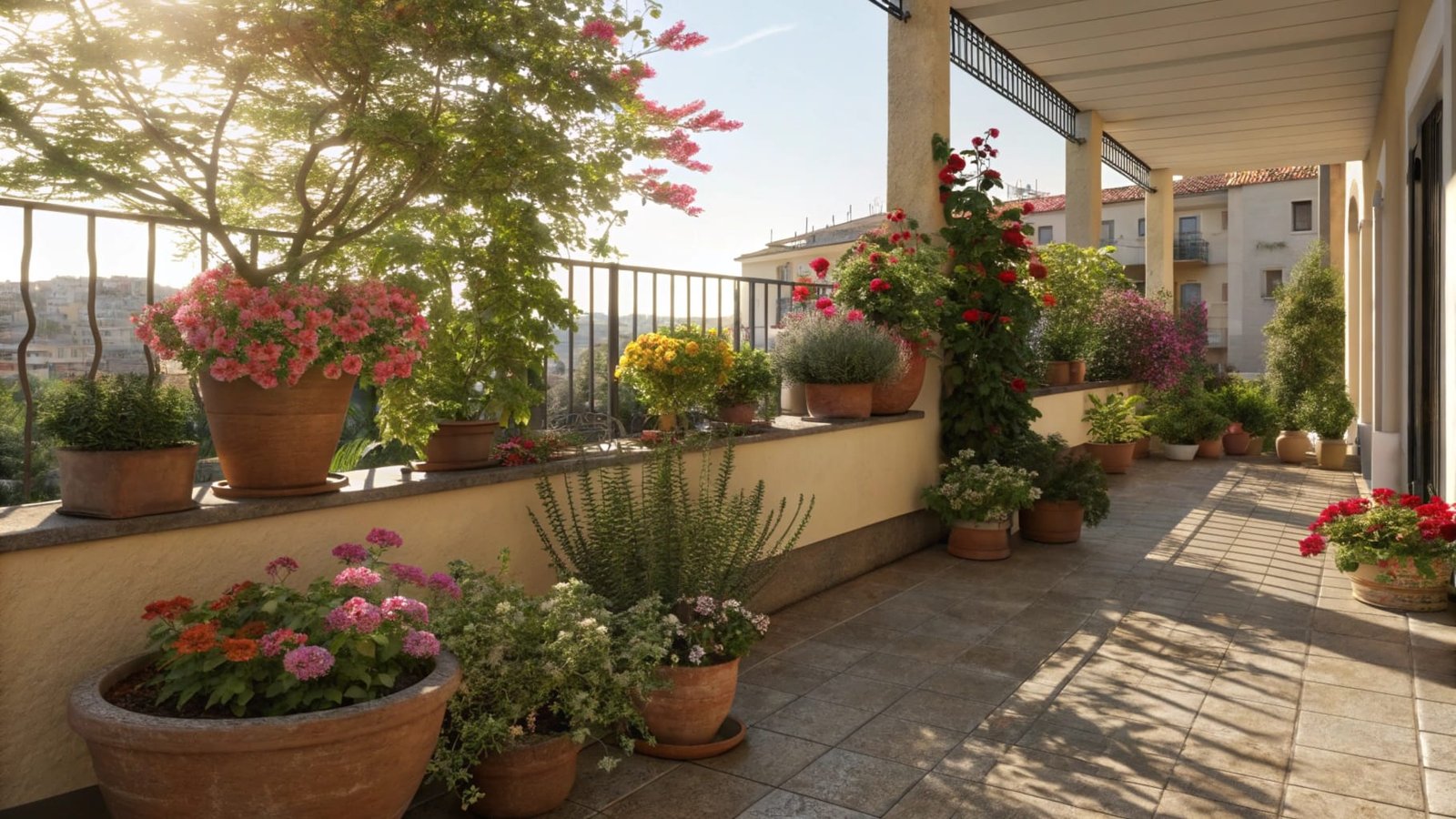
Understanding Light Needs
Different plants have different sunlight requirements. Some need full sun, while others thrive in partial or even full shade. Understanding your plant's specific light requirements is key to successful growth.
- Full Sun: Plants like tomatoes, herbs, and flowers typically need 6+ hours of direct sunlight each day. These plants require bright, direct light for optimal growth and flower production.
- Partial Sun: Plants like begonias and African violets require 3-6 hours of sunlight. These plants are ideal for locations that receive a mix of direct and indirect light throughout the day.
- Low Light: Plants such as snake plants and ferns are well-suited for low-light environments. While they can tolerate less light, they still need some indirect light to thrive.
How to Provide the Right Amount of Light
To provide the proper light for your plants:
- Assess your space: Observe how much natural light your space receives. If your space has limited natural light, consider placing your plants near a window with bright, indirect light.
- Use grow lights: If natural light is insufficient, consider using artificial grow lights. LED grow lights are energy-efficient and mimic the full spectrum of sunlight. They are particularly useful for indoor gardening and areas with limited light.
The Effects of Light on Plant Growth
Light is critical for photosynthesis, the process by which plants convert light energy into chemical energy, which fuels their growth. Without sufficient light, plants cannot produce enough food, leading to poor growth, yellowing leaves, and overall weakness.
On the other hand, too much sunlight can burn the leaves, especially for plants that are not sun-tolerant. To avoid sunburn, consider using sheer curtains to diffuse the light if you’re growing plants that are sensitive to intense sunlight.
Monitoring your plants’ light exposure and adjusting as needed will help them grow healthy and strong.
How can I prevent pests and diseases in potted plants?
Pests and diseases are common problems for indoor and outdoor potted plants. Left unchecked, they can destroy your plants. Prevention is the best approach to pest and disease control, but knowing how to spot the signs of trouble early can save your plants.
By maintaining a clean environment, choosing disease-resistant varieties, and staying proactive, you can minimize the risk of pests and diseases.
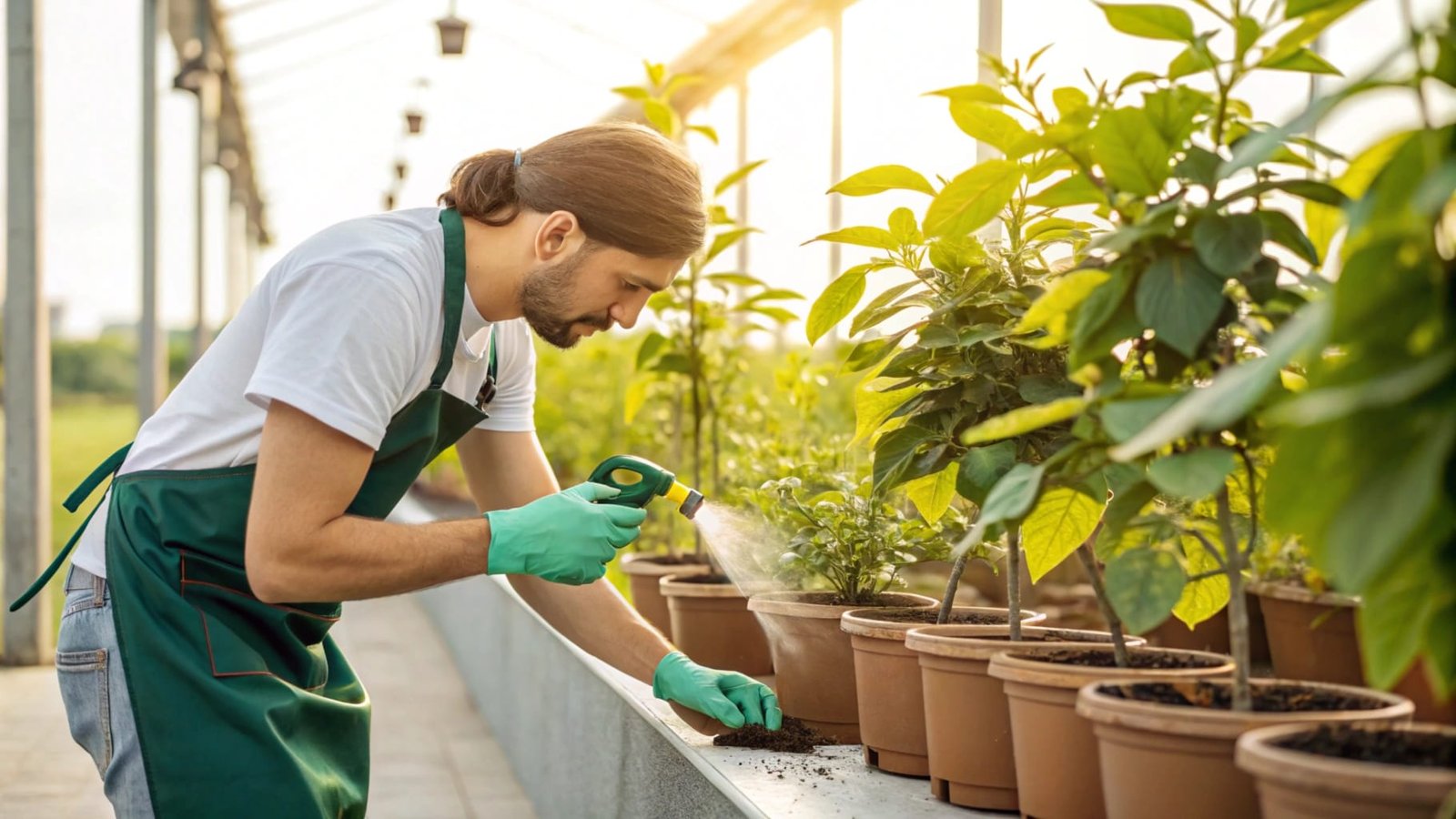
Identifying Common Pests and Diseases
The most common pests that affect potted plants include:
- Aphids: Tiny, soft-bodied insects that suck plant juices and weaken the plant. They can cause yellowing of leaves and stunted growth.
- Spider Mites: These pests thrive in dry, dusty conditions and can leave behind webbing on your plant. They feed on the plant’s cell contents, which weakens the plant.
- Mealybugs: White, cotton-like pests that feed on plant sap. Mealybugs can quickly spread to other plants if not dealt with early.
- Whiteflies: Small, flying insects that cause yellowing of leaves and can transmit viral diseases to plants.
Diseases caused by fungi or bacteria also plague potted plants. Common issues include:
- Powdery mildew: A fungal disease that leaves a white, powdery substance on leaves and stems.
- Root rot: Often caused by overwatering and poor drainage, it leads to decaying roots and wilting plants.
Preventive Measures
To keep pests and diseases at bay:
- Regular inspection: Check your plants frequently for signs of pests or disease. Early detection is the key to preventing an infestation.
- Remove infected parts: Prune away damaged or infected leaves to stop the spread of pests or diseases. Always sterilize your pruning shears between cuts.
- Clean your pots: Ensure your pots and trays are clean to avoid harboring pests. You can wipe them down with a mild soap solution and rinse them thoroughly.
- Use natural pesticides: Consider using neem oil, insecticidal soap, or homemade solutions like garlic sprays to deter pests without harming your plants.
Organic Pest Control
Instead of relying on chemical pesticides, try organic alternatives. Here are some options:
- Diatomaceous earth: This natural powder is effective against insects. It works by damaging the insect’s exoskeleton, causing dehydration.
- Essential oils: Oils like peppermint, lavender, and citronella can repel pests without harming the plant.
- Ladybugs: These beneficial insects can be introduced to your garden to feed on aphids and other harmful pests.
By staying proactive and vigilant, you can protect your potted plants from pests and diseases and keep them growing strong.
What fertilizers are most effective for plants in flower pots?
Fertilizing your potted plants is essential for providing the nutrients they need to grow. Plants in containers face different challenges than those in the ground, so fertilizing is often necessary to replace nutrients that get depleted from the soil.
The right fertilizer promotes healthy growth, while improper use can damage your plants.
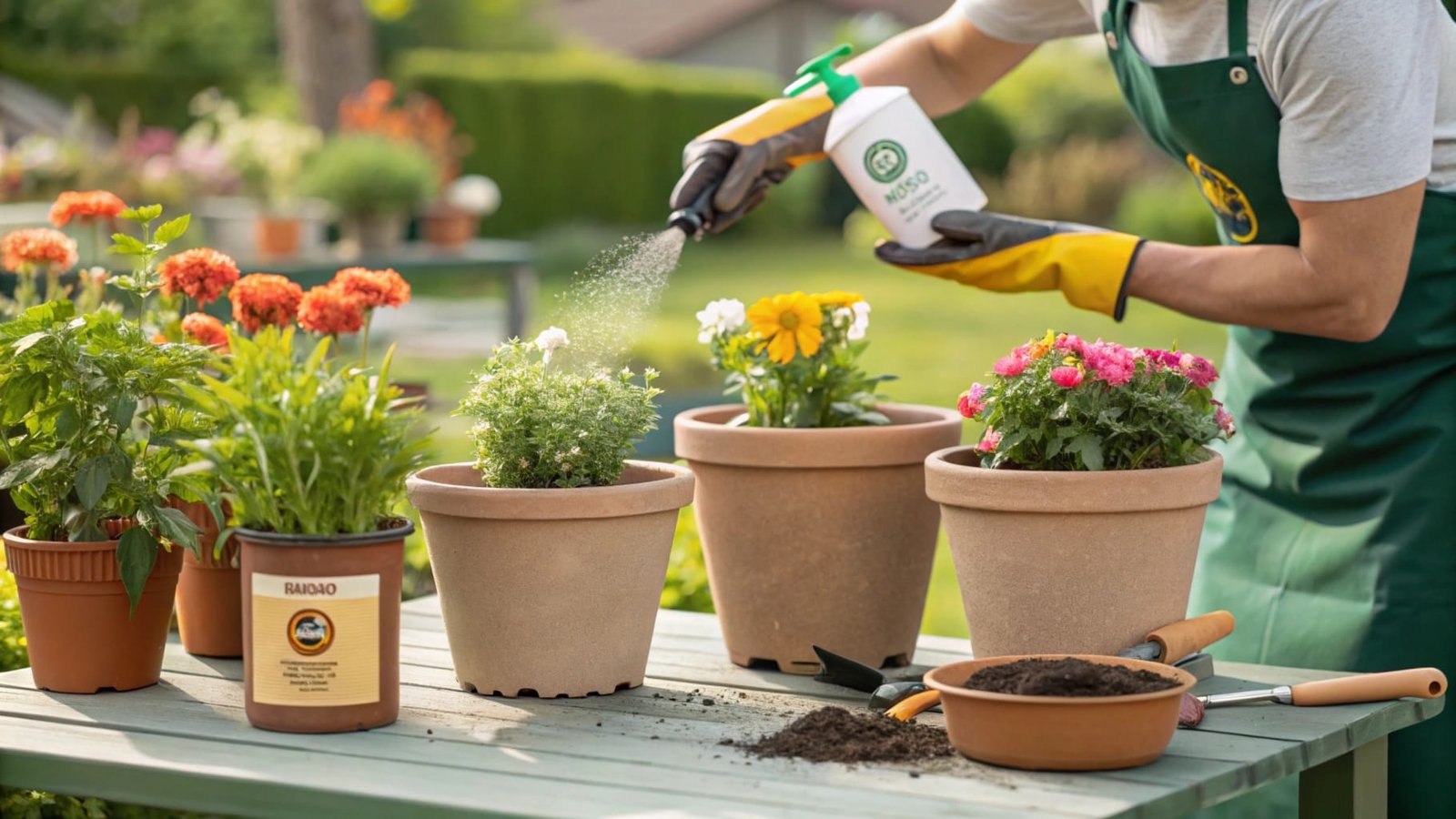
Types of Fertilizers for Potted Plants
There are three main types of fertilizers:
- Liquid fertilizers: These are quickly absorbed and provide fast results. They are ideal for plants that need regular feeding and for those growing in fast-draining soils.
- Granular fertilizers: These release nutrients slowly over time, providing a steady supply of food for plants. Granular fertilizers are great for long-term feeding.
- Organic fertilizers: These come from natural sources like compost, bone meal, or fish emulsion. In addition to feeding the plant, organic fertilizers improve the soil structure and encourage beneficial microbial activity.
When to Fertilize
Most potted plants should be fertilized during their growing season (spring and summer) and not in winter when they are dormant. Fertilizing during the dormant period can lead to nutrient imbalances and stress the plant.
How to Apply Fertilizer
- Follow instructions: Always read and follow the fertilizer’s instructions. Over-fertilizing can burn the plant’s roots and cause nutrient toxicity.
- Water before fertilizing: Water the plant first to prevent root burn from concentrated fertilizer.
- Dilute the fertilizer: If in doubt, dilute the fertilizer more than suggested. It’s better to underfeed than to overfeed your plants.
By using the right fertilizer and applying it properly, you can help your potted plants thrive throughout the year.
Conclusion
By optimizing soil, watering, light, pest control, and fertilization, you can ensure your potted plants grow healthy and vibrant. With proper care, your indoor or outdoor plants will reward you with beautiful growth and blooms all year round.


